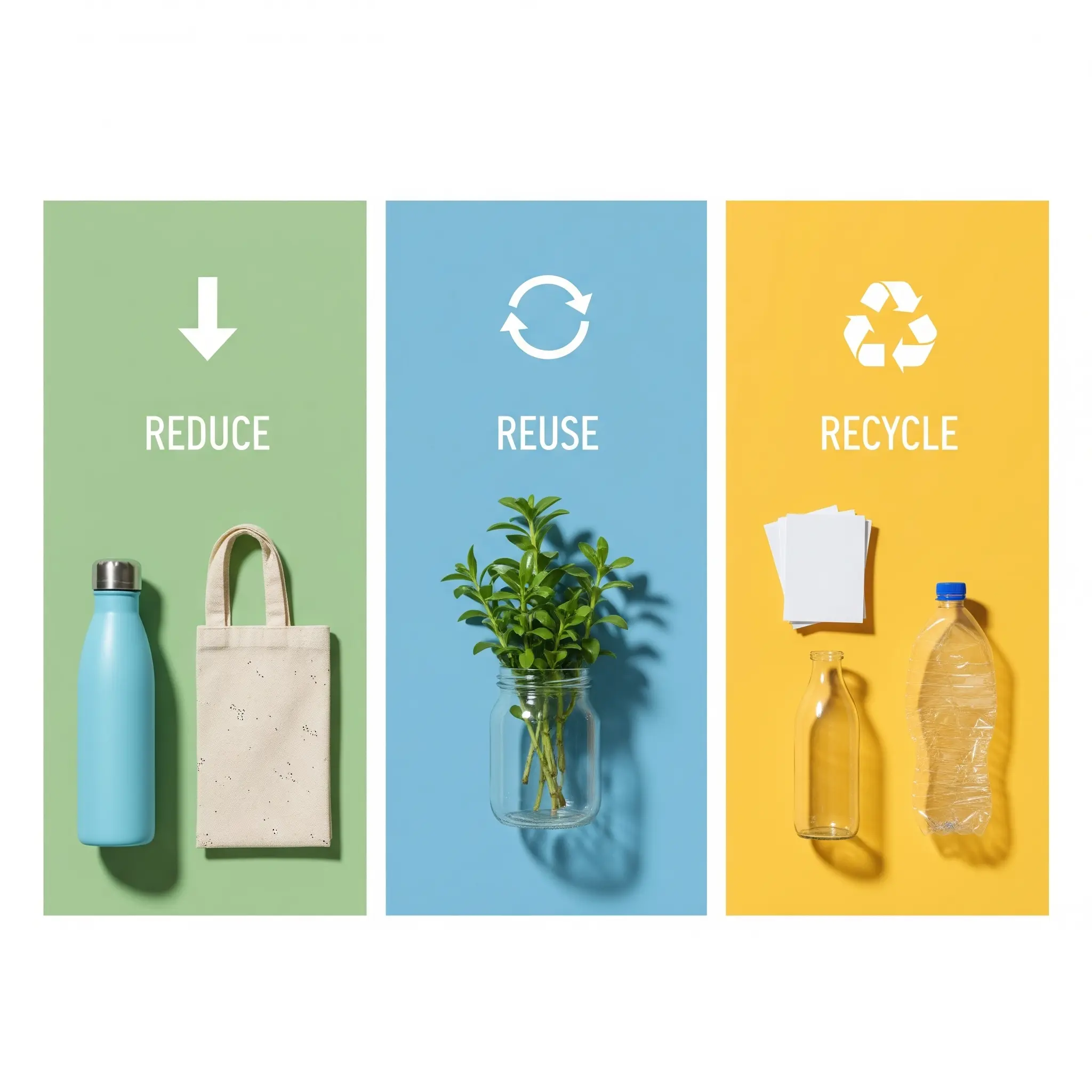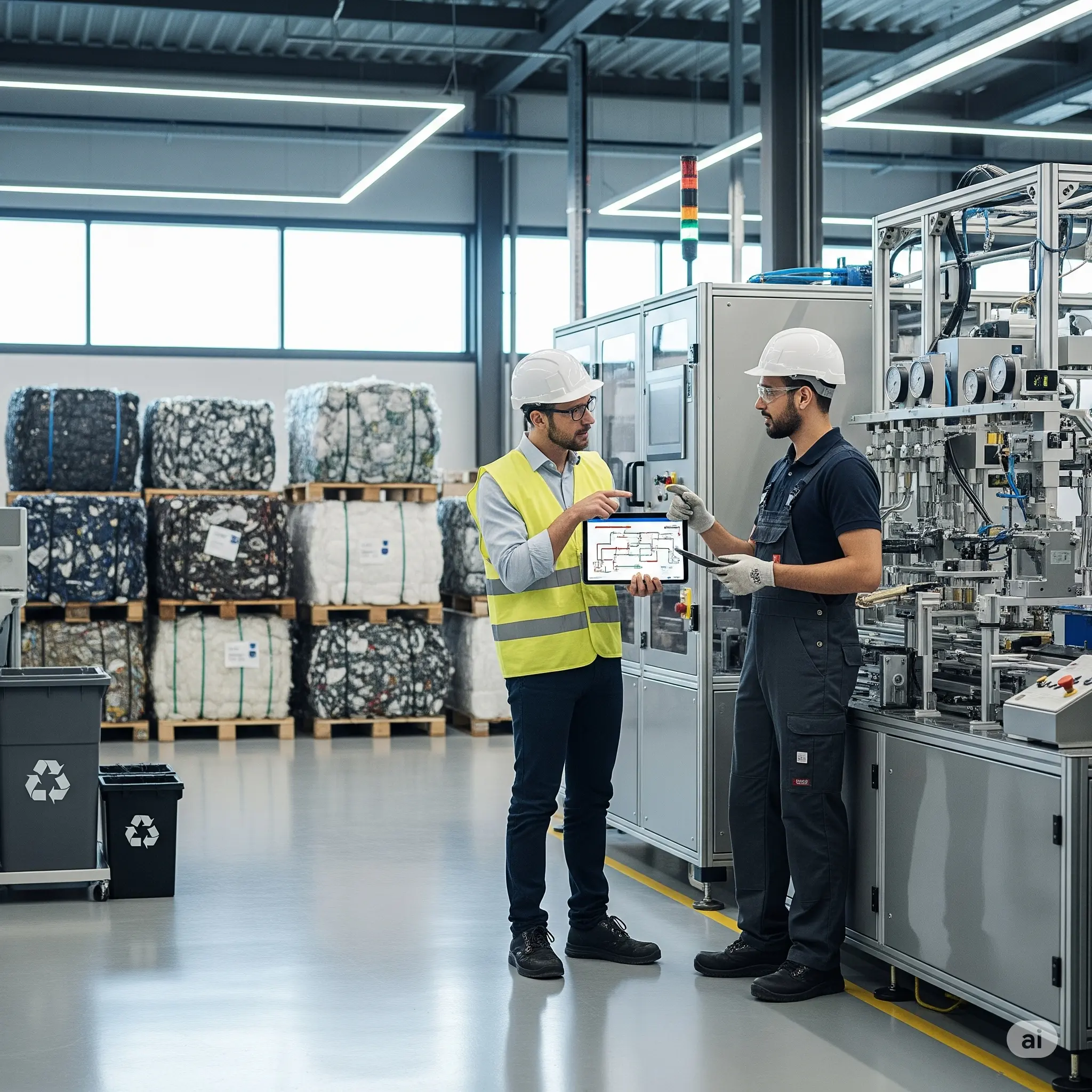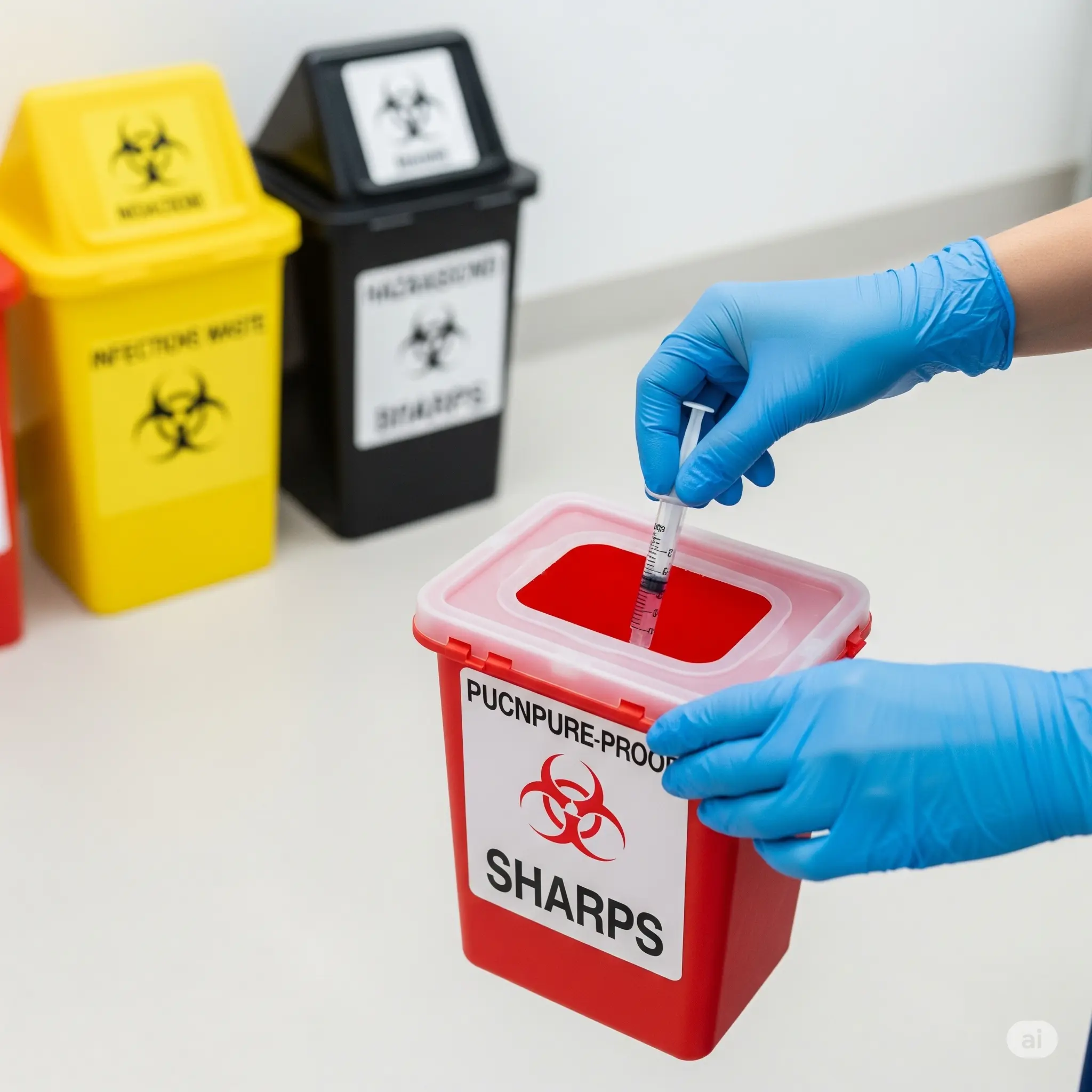The principles of “Reduce, Reuse, Recycle” are the foundational pillars of sustainable waste management. This simple yet powerful hierarchy provides a clear roadmap for minimizing environmental impact. By following this reduce, reuse, recycle guide, individuals and businesses can consciously decrease pollution, conserve natural resources, and move towards a sustainable circular economy.
This guide offers practical, actionable steps to integrate the 3Rs into your daily operations. Consequently, this helps your business become more efficient, compliant, and environmentally responsible.
1. Reduce: The First and Most Effective Step
The most effective way to manage waste is by not creating it in the first place. Therefore, reducing consumption is about making mindful choices to minimize the amount of materials and goods we use.
Practical Tips for Waste Reduction:
- Conduct a Waste Audit: Before you can reduce, you need to understand what you’re throwing away. Take time to analyze the types of waste your business produces most frequently to identify key areas for improvement.
- Mindful Purchasing: Buy only what you need. For businesses, this means optimizing inventory and production processes. For households, it means planning meals and shopping with a list to avoid impulse buys that lead to food waste.
- Choose Products with Less Packaging: Whenever possible, opt for items with minimal or biodegradable packaging. Buying in bulk is an excellent strategy to reduce packaging waste, as you can store items in your own reusable containers.
- Eliminate Single-Use Items: One of the biggest sources of waste comes from single-use plastics. For instance, items like bags, straws, and water bottles create significant pollution. You can find more information on reducing plastic waste from reputable sources like the(https://www.epa.gov/recycle/reducing-and-reusing-basics). Switch to durable, reusable alternatives such as cloth grocery bags and stainless steel water bottles.
2. Reuse: Giving Products a Second Life
Before you discard an item, consider if you can use it again. Reusing products conserves the resources and labor that went into making the item, making it more energy-efficient than recycling.
Creative Ways to Reuse:
- Repurpose Containers: You can use glass jars and plastic containers for storage, and reuse shipping boxes for future shipments.
- Donate, Don’t Discard: Instead of throwing away unwanted items, donate them. Local charities and community centers can often give these items a new home, which extends their life and keeps them out of landfills.
- Repair and Maintain: Invest in high-quality, durable items that you can repair rather than replace. Maintaining products like appliances and clothing extends their lifespan and reduces the need to purchase new ones.
- Upcycle: Get creative by transforming old or broken items into something new. For example, you can repaint old furniture or turn worn-out textiles into cleaning rags.
3. Recycle: Completing the 3Rs in this Guide
When you cannot refuse or reuse waste, recycling is the next best option. Recycling converts waste materials into new products, which prevents the waste of potentially useful materials and reduces the consumption of fresh raw materials. To make this step effective, it’s important to follow a proper waste segregation guide.
Effective Recycling Practices:
- Know Your Local Rules: Recycling guidelines can vary significantly by community. You should familiarize yourself with what you can and cannot recycle in your area to avoid contaminating the recycling stream.
- Clean Your Recyclables: Always rinse containers to remove food and liquid residue. Dirty items can contaminate an entire batch of recyclables, which renders them unusable and sends them to the landfill.
- Don’t Bag It: Unless your local service specifies otherwise, place recyclable items loose in the collection bin, not inside plastic bags. Plastic bags can jam the machinery at recycling facilities.
- Avoid “Wishcycling”: Not everything is recyclable. Items like greasy pizza boxes and styrofoam often belong in the trash. When in doubt, it’s better to throw an item out than to contaminate the recycling bin.
By embracing this reduce, reuse, recycle guide, your organization can create a more sustainable operational model that not only benefits the environment but also enhances your reputation and can lead to significant cost savings.




